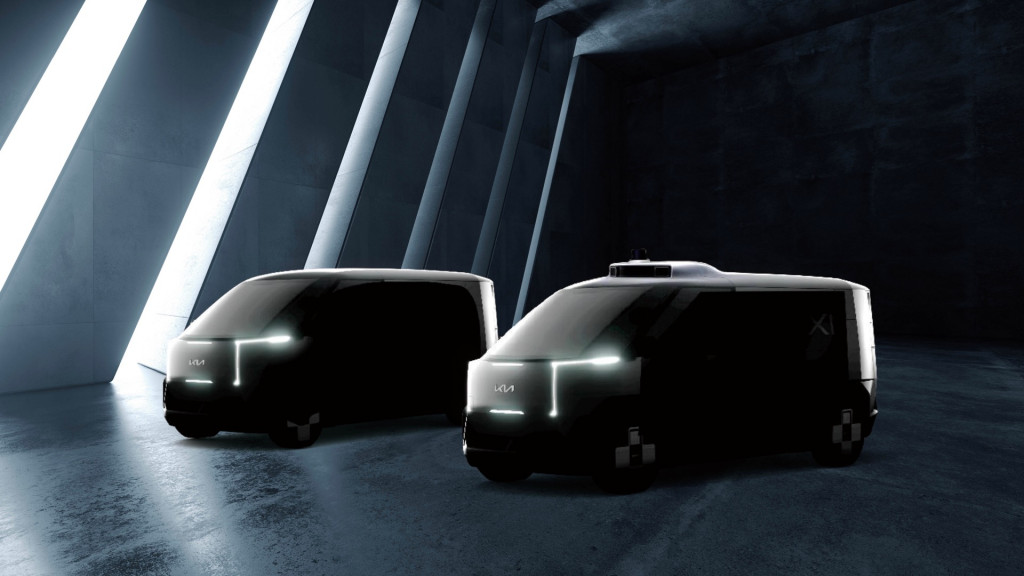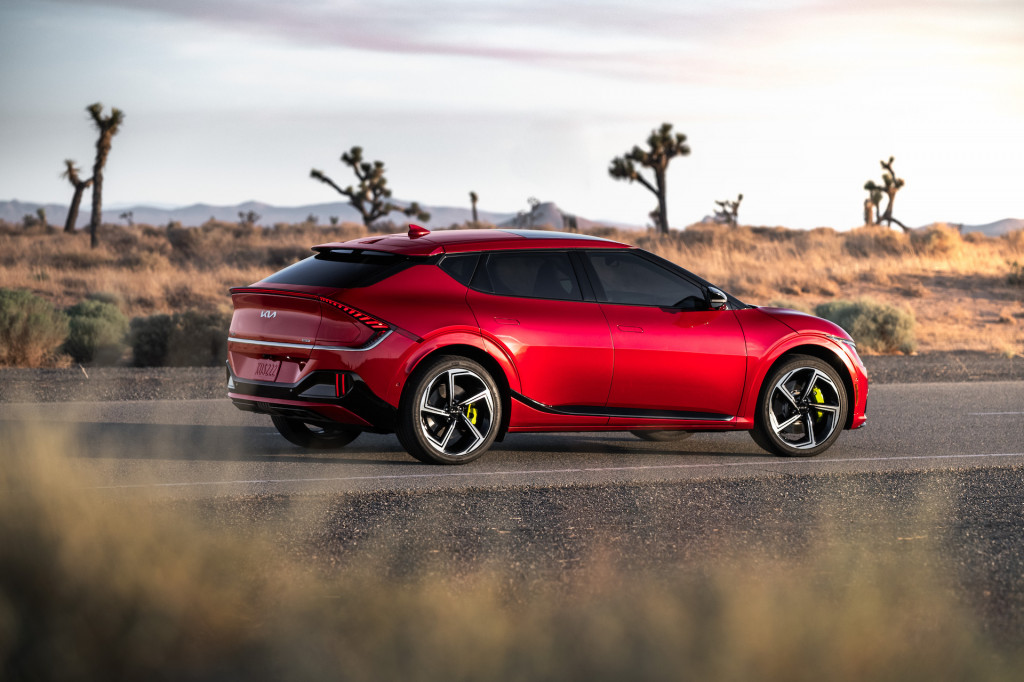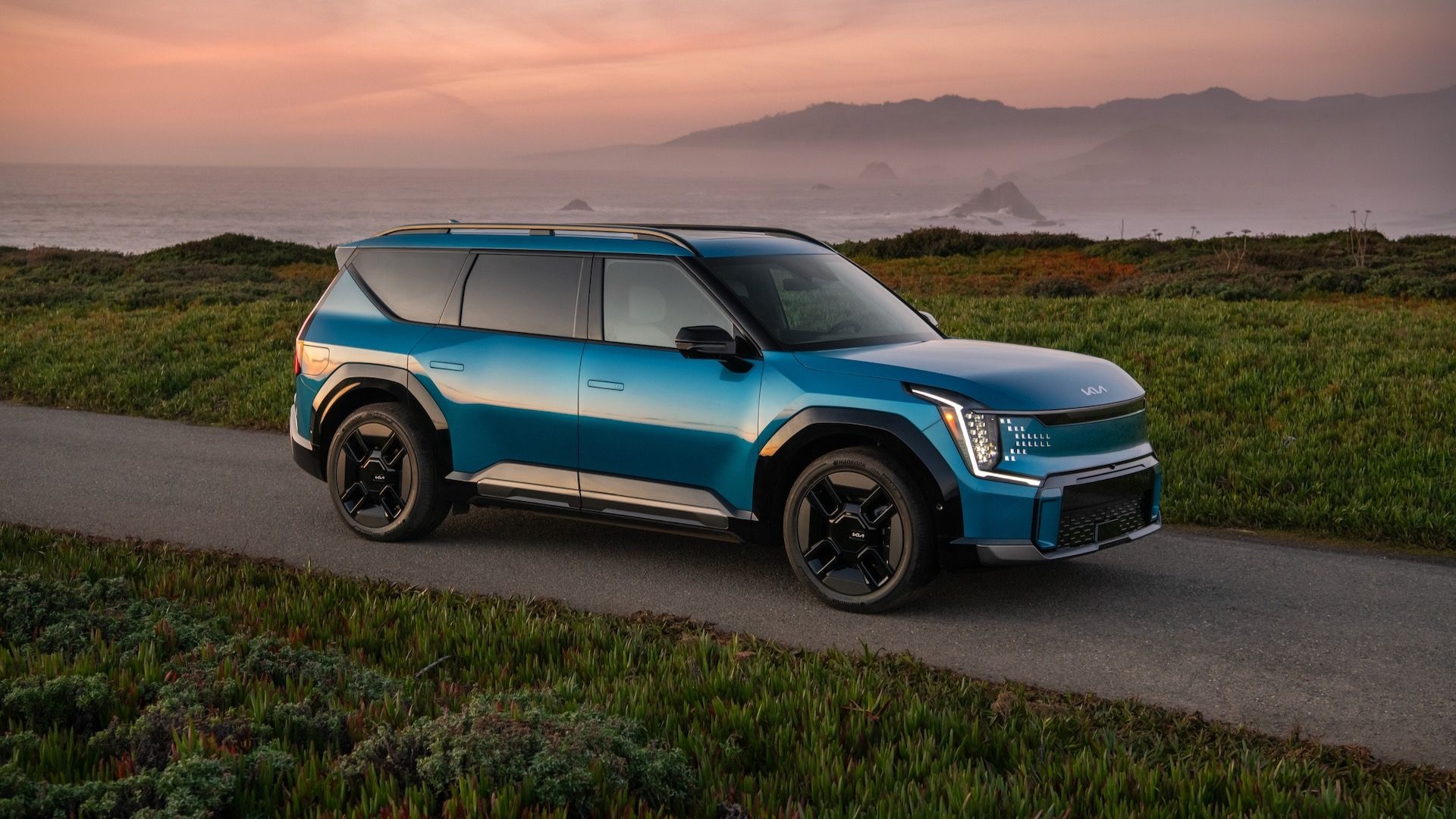In a presentation to investors this week, Kia announced plans to boost its EV sales targets and launch a purpose-built robotaxi.
The automaker said it's now targeting sales of 1.6 million EVs annually by 2030—up from the previous 1.2 million annually by 2030 announced just last year. Kia also plans to have 15 EV models in its global lineup by 2027, one more from what was announced last year. That target had already been increased from a planned 11 global EVs by 2026.

Rendering of Kia Purpose Built Vehicles
Kia also announced a robotaxi, an autonomous vehicle aimed specifically at ride-sharing services, but with no specific timing for that vehicle. It will be one of several so-called "purpose-built vehicles," Kia's term for vehicles designed for mobility services like ride sharing and last-mile delivery. The robotaxi will be part of a "full lineup" of these vehicles, Kia announced, starting with a mid-size model to built at a dedicated factory in Hwaseong, South Korea, beginning in 2025.
Tesla's Elon Musk last year claimed that future robotaxis will make the need for affordable EVs less urgent or relevant, but Kia's strategy partitions them into a separate business from passenger cars, meaning prices of those vehicles will still have to be maintained at a certain level. Regardless, robotaxis are dependent on autonomous-driving tech that's still under development.

2023 Kia EV6 GT
Kia's next electric model for individual consumers is the EV9 SUV, which the automaker just confirmed will be built at its West Point, Georgia, factory starting in 2024. Other future Kia models might potentially be built by the Hyundai "Metaplant," also in Georgia.
In a previous sustainability roadmap released in 2021, Kia also mentioned plans for a hydrogen fuel-cell vehicle lineup in 2028, but didn't provide any updates on this in this week's presentation.












